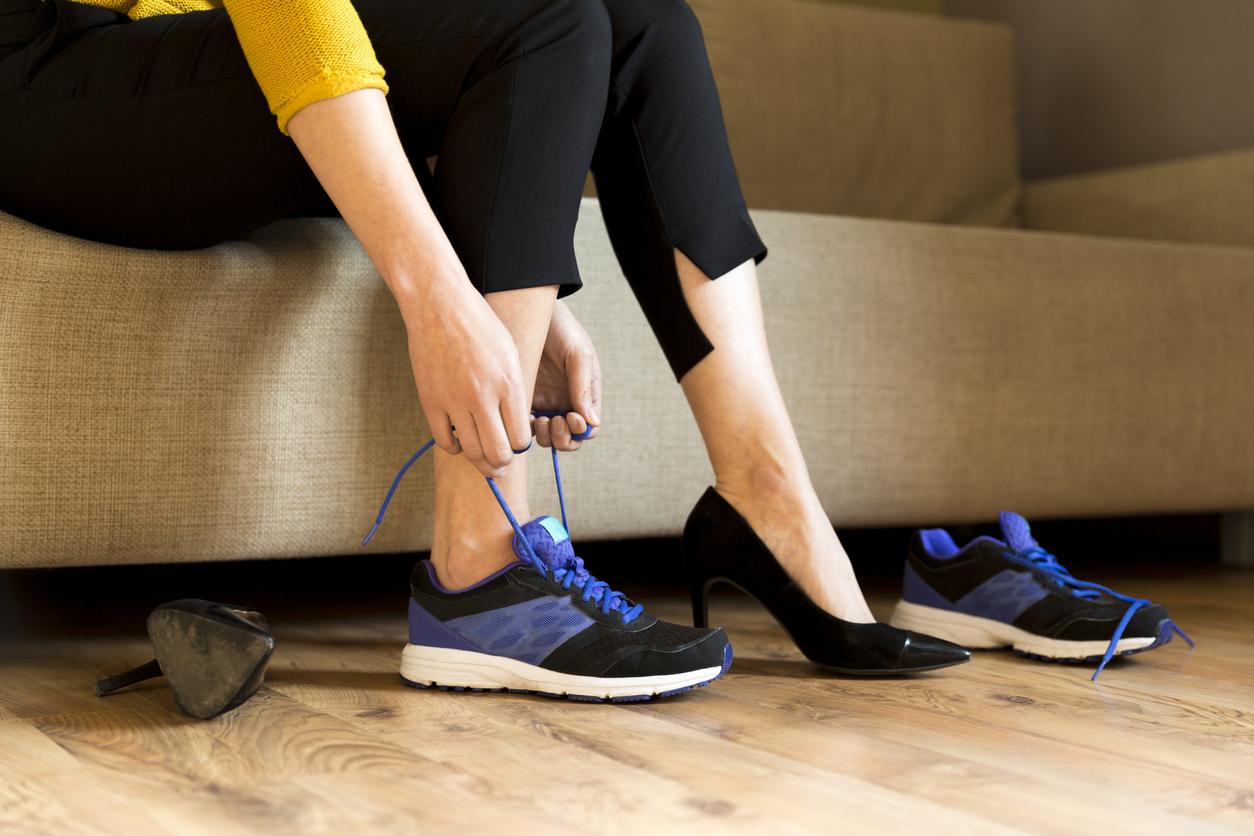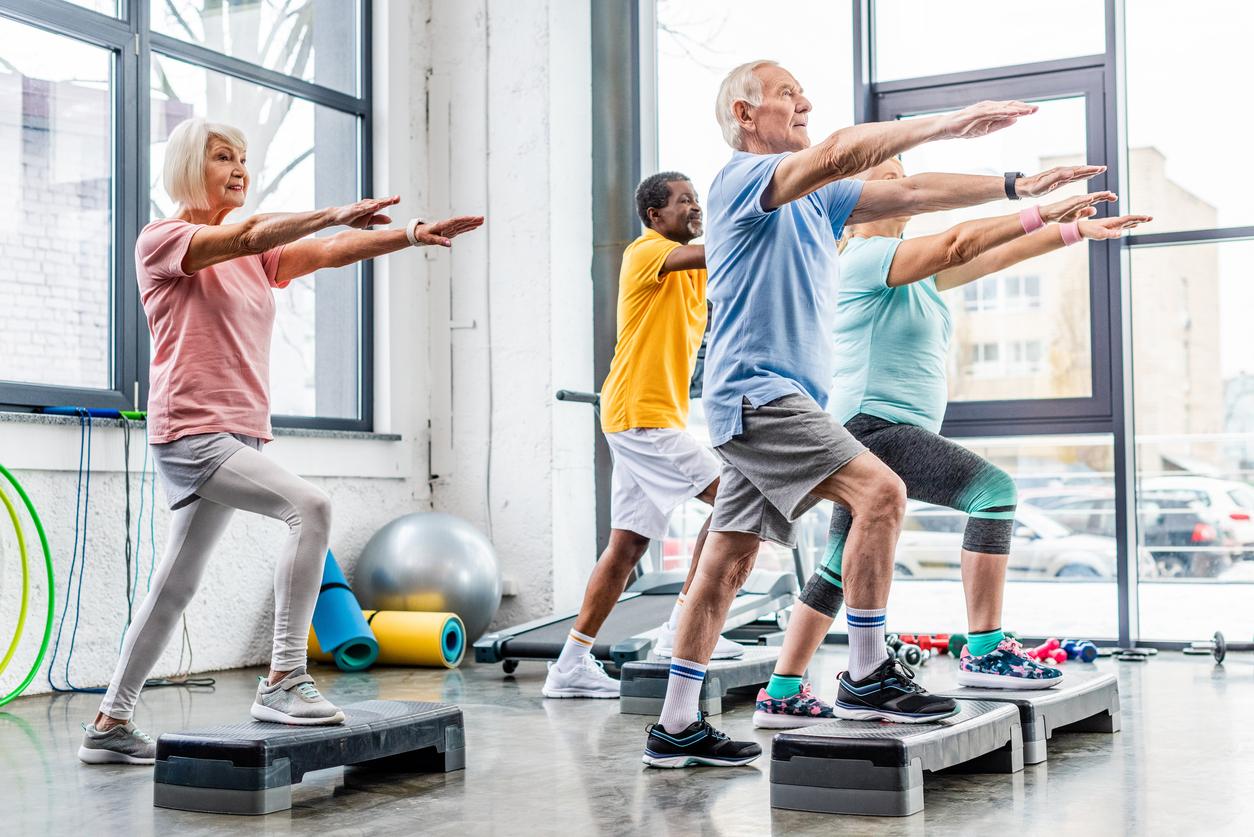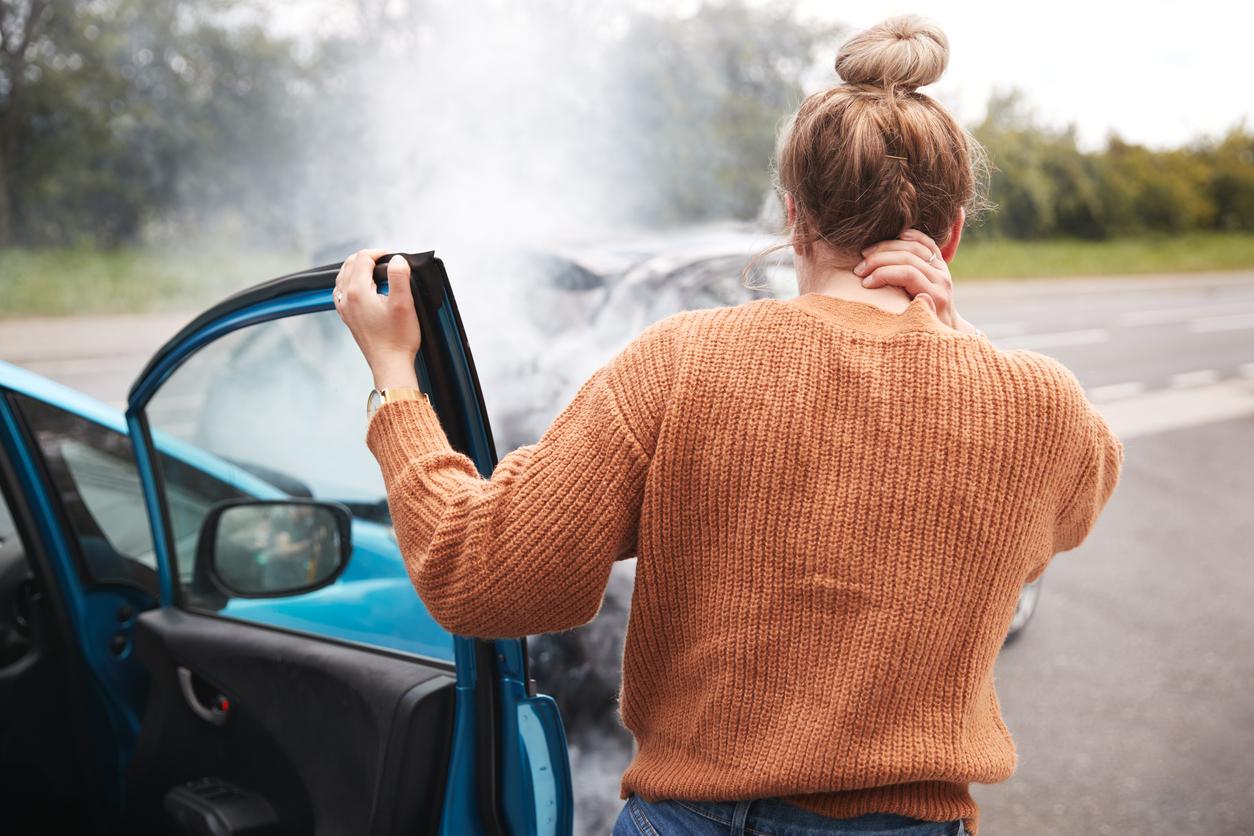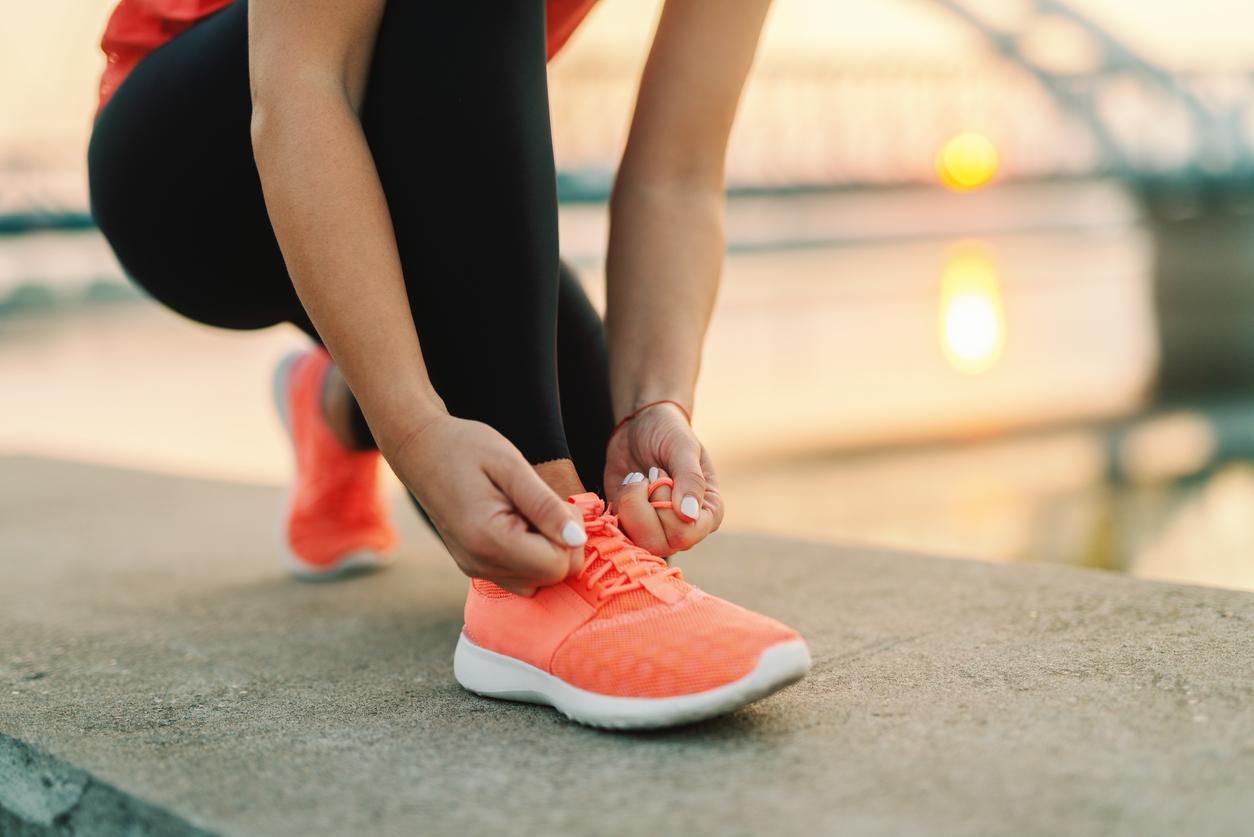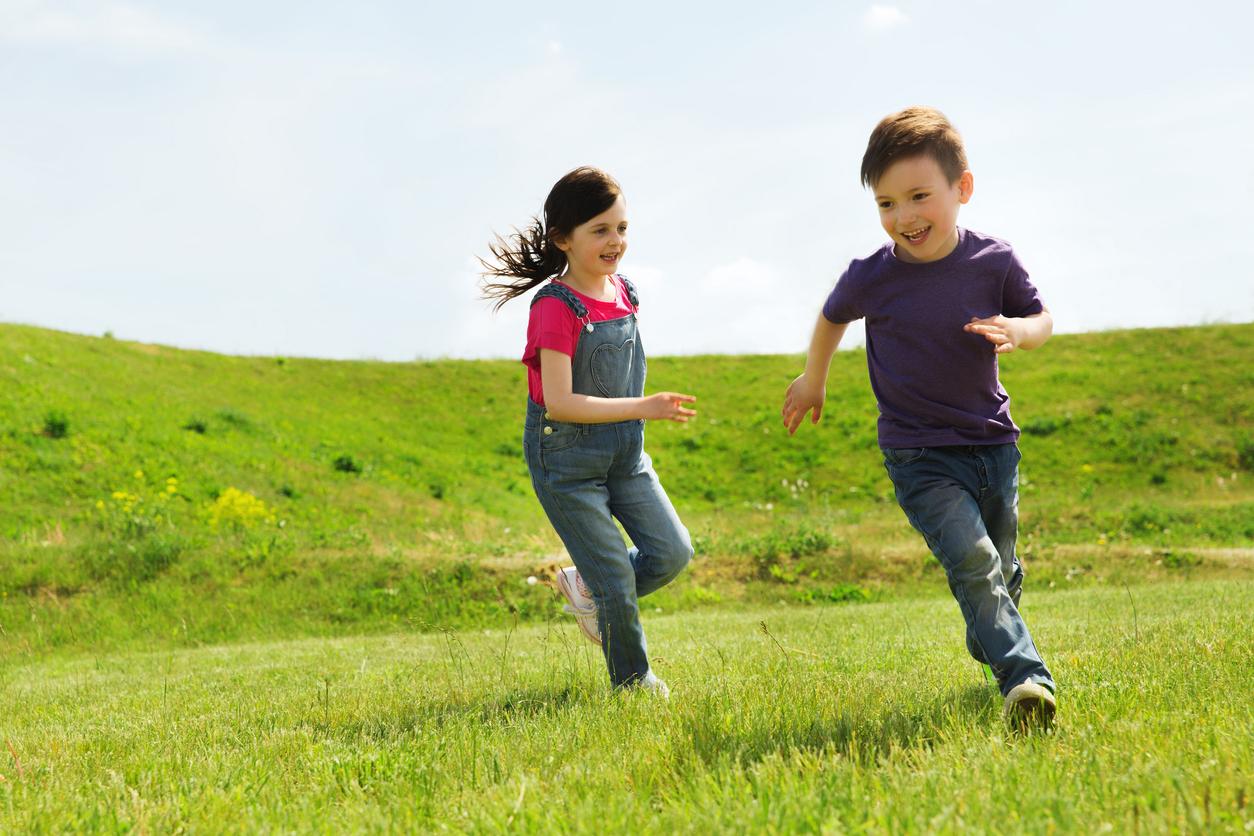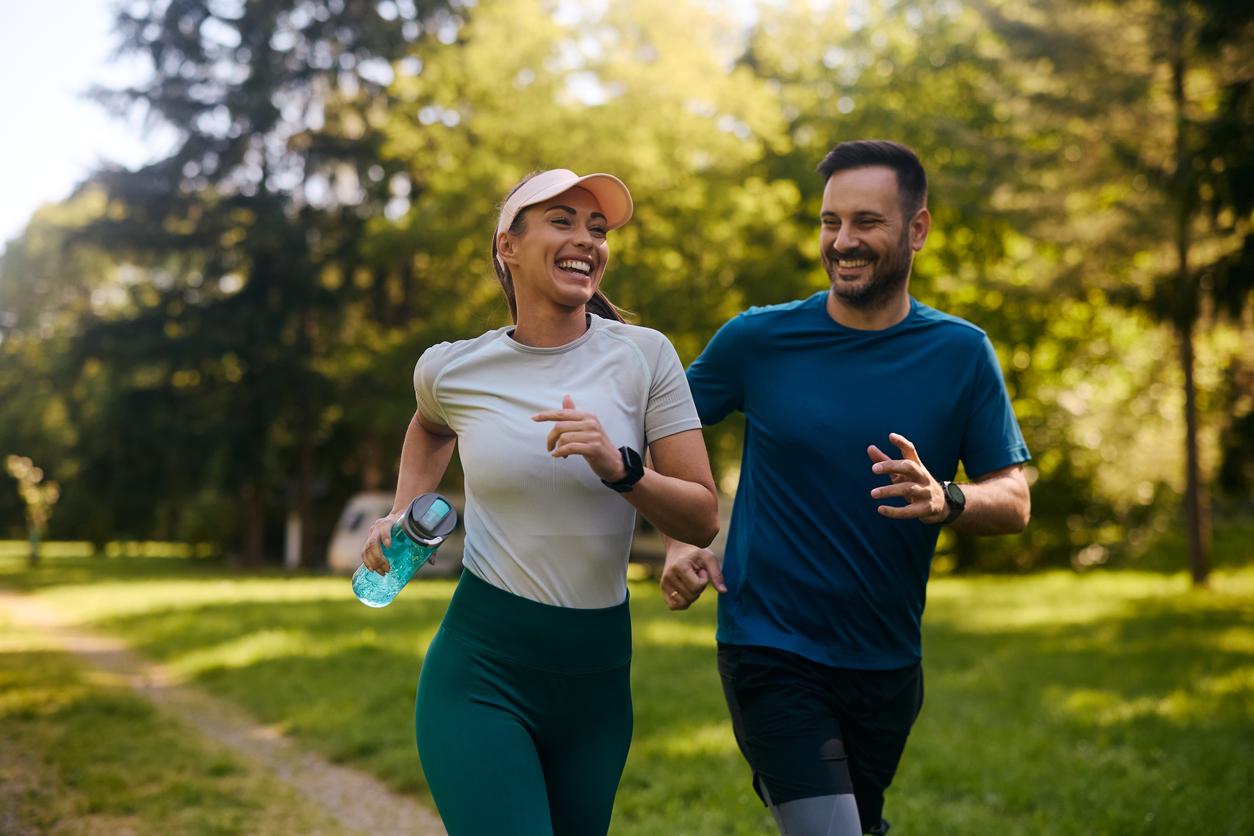Climatic conditions, equipment, preparation… Although it is a gentle physical activity, hiking is far from trivial. The point on the reflexes to adopt before and during the walk with the general practitioner Faïza Bossy.
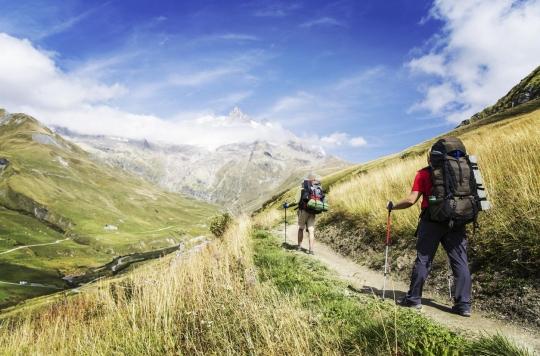
Between the equipment, the climatic conditions and the food to plan before leaving for a walk, hiking cannot be improvised. If the general practitioner Faïza Bossy considers that it is a physical activity “awesome”she reminds Why Doctor what steps to take before walking, as well as the reflexes to put in place once on the trail, in the event of a problem.
What are the ideal conditions for hiking?
The ideal is to walk in a natural environment, not like the city — even if that does not mean that you should not walk in the city, but it is more akin to trampling: you run after a bus, a metro, shopping… To feel the benefits of hiking, you have to walk at least 30 minutes a day, every day. Walking must respect the natural stride of your body: you must not go too fast or too slow.
Does the hike require any special equipment?
You can slip easily on some hiking trails, so you really need to be well equipped. The most important point is the footwear. Shoes must support the joints, especially the ankle. They have to encompass it: with classic sneakers, the ankle rocks. However, in the forest for example, the ground is not flat, so we are not immune to slipping on something. The problem is that repeated microtraumas damage the ligaments and weaken them.
To walk while letting your foot breathe, you have to favor real leather; it is a living matter that will soften. Moreover, you might as well opt for easy lacing, or even velcro shoes when you have osteoarthritis in your hands. It is true that good quality equipment represents an investment. At the same time, you can put on compression socks to promote venous return. Finally, it is important to have a good quality bra. We tend to go hiking thinking it’s a harmless activity, but you still have to be vigilant, make sure you have some tools to feel safe.
How to prepare for walking?
To prepare for your hike, you have to check the weather conditions: it’s not the same to walk in rainy weather than under 30°C. If it’s cold, you have to protect yourself with several layers, while when it’s very hot, you have to put on light and bright clothes, then avoid going out at noon. Moreover, even if you have the impression of taking a shady path, it is better to think about taking sunglasses to protect yourself from the sun.
In any case, it is important not to overload yourself, but to remember to take a small bottle of water and a sweet food in case of discomfort or if you feel a little weak. In general, 15 grams of sugar is enough to re-sugar quickly; this corresponds to three sugar cubes, or a small carton of apple juice.
In terms of food, some walk in the morning, on an empty stomach, but I advise eating before your activity. Knowing that digestion lasts from one to two hours, you have to let this time pass before walking, because digesting at the same time requires a lot of effort. We often talk about digestive walking, but, in this case, we are not on a hike; it’s not the same perspective.
How can I be taken care of in the event of a problem?
Emergency numbers are recalled on the hiking trails, then there are terminals, as on the highways. In addition, before leaving, you must load the emergency number, whether it is 15, 17 or 18. No matter who you call, you are necessarily switched back to the service you need. .
It’s also good to have a trusted person’s number easily accessible. Sometimes you’re not sure what to say in the emergency room, and talking to a loved one can be a big help. Once you’re on the line with the ER, you first have to give your name, where you are, and then say what’s wrong. We never hang up. On the one hand to be located, but also to be kept alert; if one is confused, it maintains a contact.
If you are hiking with friends, first aid should be done in the event of a problem. As a reminder, you should never give food or drink to a confused person; if necessary, one refreshes his body with water. If she is conscious, we ask her what position she wants to put herself in to feel good: we do not move her, she must move on her own. If we know how to do it, we can put the person in a lateral safety position. If so, don’t touch it.
If pain occurs, how do you treat it?
Treatment should be based on the degree of pain: if it is tolerable, the treatment of joint, tendon or muscle pain consists of resting, in 80% of cases. At the same time, you can take an analgesic treatment, such as Doliprane, and use heat to relax the painful area. As part of a sprained ankle, which is very common, you have to immobilize your ankle and put cold on it to relieve the swelling, then consult. If the pain is more severe, a doctor is called directly to make an appointment.
Are there any contraindications to the practice of hiking?
I don’t see any contraindications to hiking. It is an easy exercise, without competition; I only find benefits in it. The only defense would be an initial physical constraint, but it could be lifted if the walk is well organized and the person accompanied. Unfortunately, the walking paths are not accessible to everyone, whether wheelchair users or those with blindness. This does not constitute contraindications, but complications.
I find that unfortunate, but I know that forest services are working on projects such as sensory trails, which are already well developed in Canada. Finally, although it is not a contraindication strictly speaking, care must be taken to hike in a safe environment; never alone and at night, for example. Anyway, walking is great! We’ve done so little with the confinement… If you have the opportunity to go hiking this summer, take advantage of it!
.










